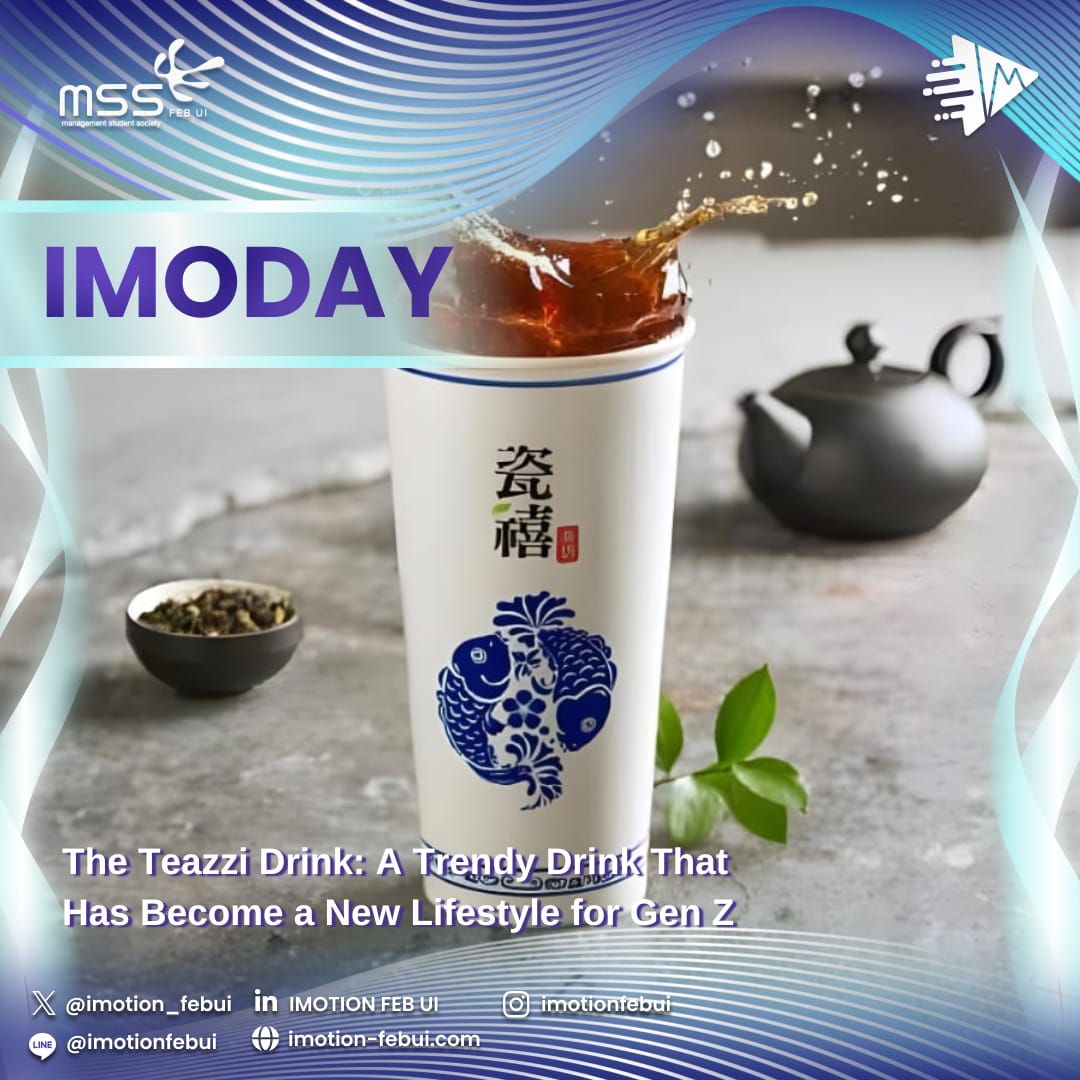More than just a packet of noodles, Indomie is a vessel of memory, pride, and everyday comfort across generations and continents. For many Indonesians, it’s a taste of home. For others around the world, it’s an affordable, reliable, and irresistibly flavorful meal. What began as a humble local brand has now found its place in kitchens across Lagos, London, Melbourne, and Mecca. Indomie’s rise from an Indonesian pantry staple to a global culinary phenomenon isn’t just impressive — it’s unprecedented. But how did a pack of instant noodles become a worldwide obsession?
Deep Roots in Indonesian Identity
Launched in the early 1970s, Indomie began by mirroring familiar Indonesian dishes, making it easy for locals to fall in love with flavors they already knew. The game-changer came with Mi Goreng, the dry noodle variant introduced in 1982. Instead of soup, it offered a saucy, savory noodle dish inspired by the country’s beloved fried noodles, complete with kecap manis, fried onion bits, chili sauce, and seasoning oil. Its sweet, spicy, umami-rich flavor profile became instantly iconic. More than just food, Indomie evolved into a symbol of national pride, bridging generational gaps and economic classes alike.
Global Expansion with Local Sensitivity
Indomie’s global journey wasn’t a one-size-fits-all strategy. Rather than solely exporting from Indonesia, Indofood localized production in key regions. Nigeria, for example, became a powerhouse market — to the point where many Nigerians now consider Indomie part of their own food heritage. With on-the-ground manufacturing and flavors customized for local preferences, Indomie gained credibility and mass appeal. Today, the brand produces billions of packs annually, with dedicated markets across Africa, the Middle East, Europe, Australia, and North America — even inspiring regional exclusives like “Onion Chicken” and “BBQ Chicken” to suit local taste buds.
Indomie as a Cultural Symbol
Indomie has long outgrown its identity as just a noodle. It appears in music videos, streetwear drops, YouTube cooking hacks, and even gallery art. Its branding — from the nostalgic red-green-yellow wave to the unmistakable packet crinkle — is instantly recognizable across borders. In university dorms, it’s a late-night savior. In homes, it’s the go-to comfort food. And online, it’s the center of endless creativity, from Indomie donuts to noodle burgers. Indomie’s influence lives at the intersection of food, identity, and pop culture.
A Brand That Delivers, Especially in Times of Crisis
Beyond flavor and fame, Indomie succeeds because it never forgets the basics: affordability, accessibility, and consistency. In moments of crisis — from global inflation to pandemic food shortages — people turned to what they knew would last, taste good, and not break the bank. For many families, Indomie provided not just meals, but a sense of stability. It became the backup meal, the comfort dish, the sure thing. That reliability — paired with a price that fits nearly any budget — is what keeps Indomie essential in every era.
Wherever it goes, Indomie reminds the world that comfort can taste like home — and home, in its simplest form, could be found in a steaming bowl of noodles. It’s a symbol of how something so ordinary can mean so much to so many. Through flavors that spark nostalgia and packaging that feels oddly familiar across continents, Indomie proves that cultural pride doesn’t have to be loud to be heard. Sometimes, it just has to be shared — one bite at a time.
Sources :
- https://www.afr.com/life-and-luxury/food-and-wine/how-instant-noodles-came-to-dominate-the-world-20210408-p57hla
- https://seasia.co/2025/06/02/from-indonesia-to-the-world-how-indomie-became-such-a-household-brand
- https://www.scmp.com/week-asia/lifestyle-culture/article/3151732/indonesias-iconic-indomie-beloved-millions-students
Written by Neisha Dinara, Management 2024, Public Relations The 19th IMOTION






